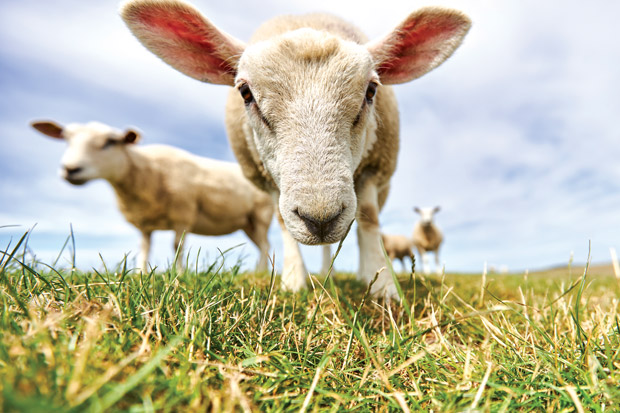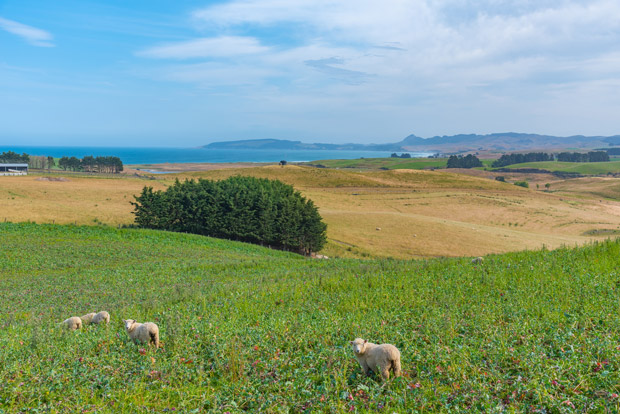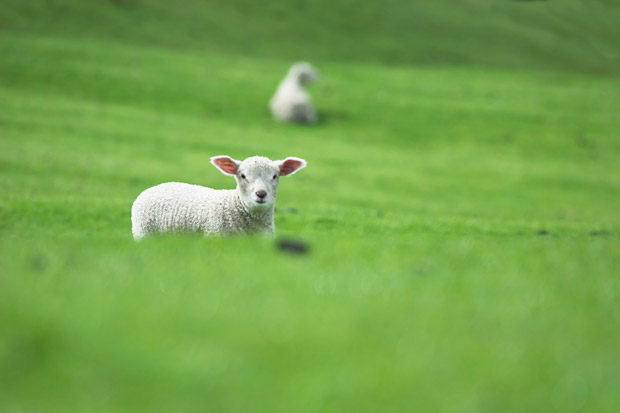11 management tips for raising healthier and fatter lambs

The decisions you make about how you manage your sheep now have a big influence on the lambs you’ll get in spring.
Words: Nadene Hall
DECIDE WHICH SHEEP NEED TO GO
1. Ewes that didn’t produce a lamb (Dry/Dry) or produced a lamb but didn’t rear it (Wet/Dry). The chances are high that they’ll do this again unless the lamb deaths were accidents.
2. Ewes with persistent foot rot – it’s inherited, and they’re a permanent source of infection on the farm.
3. Ewes that don’t have even teeth that meet the gum correctly, or long, loose gappy teeth. Exceptions are ewes with very short, even teeth which should continue to graze well for at least another year. Note, teeth in young sheep may still be coming through.
4. Ewes that are continually daggy when their flock mates are clean – daggy bottoms are an inherited trait.
5. Ewes with bad udders, eg uneven, hard lumps, damaged teats.
6. Store lambs (wether and ewe lambs from last spring in good condition but not fat enough for meat) that you can’t afford to feed over winter.
CHECK YOUR EWES
Ewes (and the resulting lambs) do best when they’re around condition score 3-4 out of 5 – if you’re unsure how to ‘score’, visit beeflambnz.com and search for ‘ewe condition scoring guide.’

7. Checking body condition by eye is very risky unless it’s just after shearing. It’s essential to physically handle an animal when you check its condition, running your hands over its body, as wool can hide the underlying frame.
GET THEIR NUTRITION RIGHT
8. Establish which ewes need additional feeding before mating – ideally, they should be separated from the flock and have preferential access to the best pasture
and grain supplements.
9. There is a cost, but scanning pregnant ewes to find out which ones are having multiples makes a big difference, especially in the last six weeks of pregnancy.
A ewe carrying triplets has a 50% greater dietary requirement than a single-bearing ewe; a twin-bearing ewe has a 20% greater requirement. Knowing which ones are having multiples allows you to tailor their diet and avoid overfeeding those having singles.
10. You need to have good grass and supplements for ewes in the final 4-6 weeks of pregnancy. During this time, loss of body condition negatively affects lamb survival and pre-weaning growth rates, even if the ewe remains in good condition after the loss.

A 1-unit change in body condition score (eg a drop from 4 to 3) increases lamb losses by 8% in singles and twins, 15% in triplets, and 20% in quads. The impacts are even greater for older ewes (ie >5 years old).
11. Restricting nutrition in the last 6 weeks of pregnancy (amount and quality), especially in multiple-bearing ewes, can negatively affect:
– foetal growth, resulting in lower birth weight lambs;
– lamb vigour – this affects the time taken for the lamb to stand up and feed and ewe-lamb bond formation;
– thermoregulation – by reducing brown fat deposition (specialised fat store used to generate 50% of the heat that the lamb needs to survive in the first day of life) and muscle mass (used for shivering thermogenesis);
– lower ewe colostrum and milk production.
MORE HERE
Love this story? Subscribe now!
 This article first appeared in NZ Lifestyle Block Magazine.
This article first appeared in NZ Lifestyle Block Magazine.
